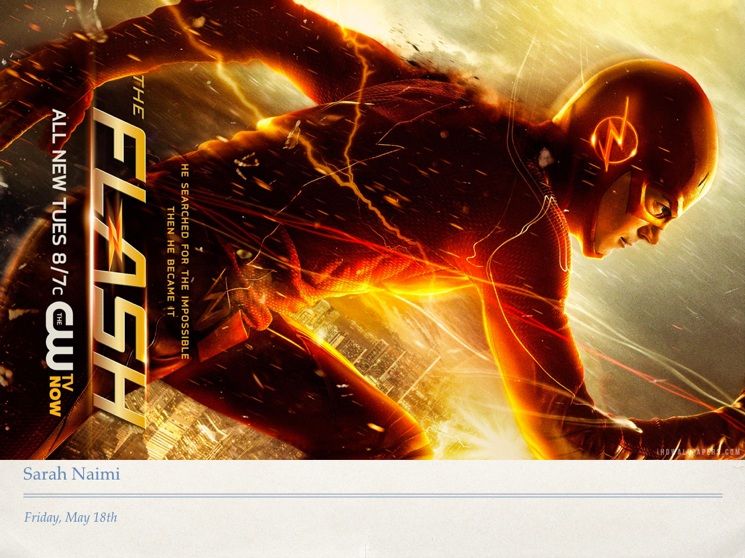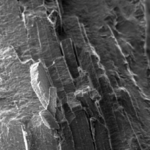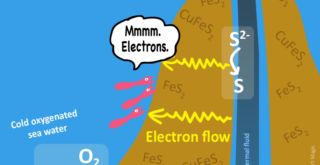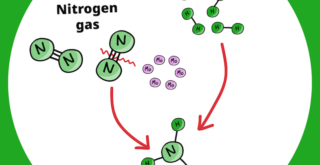The goal of this forum was to bring together communicators (writers, journalists, scientists, etc.) to expand science communication in Japan and amplify it overseas. During this meeting, we had keynote presentations from expert communicators and various workshops. I learned new concepts and skills about science communication that I was then able to use during the RIKEN Open Campus and during my visit to the international UST school as a guest speaker. I will share with you the skills I learned and how I used them in these two contexts.
Dr. Mary Voytek from NASA, taught us about the HEART approach:
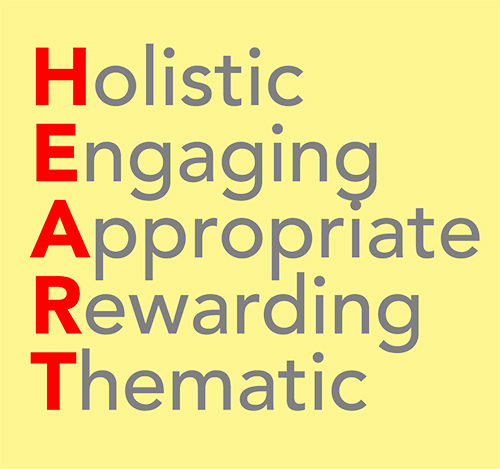 Holistic: Why should we care about this science?
Holistic: Why should we care about this science?
Engaging: Connect with your audience. The key point is make them think deeper. Giving people a lot of facts doesn’t make connection. However, making people wonder about these facts does!
Appropriate: This mainly means know your audience. Mary gave examples about using cultural references, for instance using Doraemon for a Japanese audience instead of Dr. Who. She also brought up the fact that there are many kinds of audiences besides the broader public, including legislators, foundation staff, donors, colleagues, etc. Every type of audience needs different kind of information to make their decisions.
Rewarding: What are you trying to achieve? How do you measure success?
Thematic: You need to have a central message or idea. You can have a couple of subthemes but don’t wander in all directions and hit your audience with too much information. People remember themes, they generally forget facts!
Other tips Mary gave us were from the book Brain Rules by John J. Medina. She advised that keeping these rules in mind when communicating science is important:
- Every brain is wired differently, so try to say the same thing in different ways.
- People don’t pay attention to boring things
- The more senses you can stimulate, the better information will be retained
- Vision is superior to all senses
Repetition helps build memory; Begin with telling the audience what you are going to tell them, tell them what you are telling them, then remind them about what you just told them.
The goal of this forum was to bring together communicators (writers, journalists, scientists, etc.) to expand science communication in Japan and amplify it overseas. During this meeting, we had keynote presentations from expert communicators and various workshops. I learned new concepts and skills about science communication that I was then able to use during the RIKEN Open Campus and during my visit to the international UST school as a guest speaker. I will share with you the skills I learned and how I used them in these two contexts.
Dr. Mary Voytek from NASA, taught us about the HEART approach:
 Holistic: Why should we care about this science?
Holistic: Why should we care about this science?
Engaging: Connect with your audience. The key point is make them think deeper. Giving people a lot of facts doesn’t make connection. However, making people wonder about these facts does!
Appropriate: This mainly means know your audience. Mary gave examples about using cultural references, for instance using Doraemon for a Japanese audience instead of Dr. Who. She also brought up the fact that there are many kinds of audiences besides the broader public, including legislators, foundation staff, donors, colleagues, etc. Every type of audience needs different kind of information to make their decisions.
Rewarding: What are you trying to achieve? How do you measure success?
Thematic: You need to have a central message or idea. You can have a couple of subthemes but don’t wander in all directions and hit your audience with too much information. People remember themes, they generally forget facts!
Other tips Mary gave us were from the book Brain Rules by John J. Medina. She advised that keeping these rules in mind when communicating science is important:
- Every brain is wired differently, so try to say the same thing in different ways.
- People don’t pay attention to boring things
- The more senses you can stimulate, the better information will be retained
- Vision is superior to all senses
Repetition helps build memory; Begin with telling the audience what you are going to tell them, tell them what you are telling them, then remind them about what you just told them.
My recent experiences in Scicom
Immediately after the SciCom Forum, I had to practice my new skills first at the RIKEN Open Campus and then at the international school UST (United School of Tokyo).
At the RIKEN Open Campus in Wako, I volunteered for individual counseling organized by the Office of Diversity Promotion, which targeted female students in middle/high school and university. The mission is aimed at encouraging women’s participation in STEM fields.
I found it particularly challenging to connect with middle school students. So, I tried to apply the HEART approach. I asked them many questions about their interests in science. They were interested in biology, but my field was physics. Then, I asked about the tools they used. One of the things they were fascinated with was the microscope. I found my hook! To connect what they were interested in to my field, I told them that I need a microscope to look inside the atom. But because atoms are much smaller than cells, I need a much bigger microscope. Then I told them that my microscope is called the Rare-RI Ring and is a 60 meter circle that you can visit at the RIBF building! Suddenly, the girls got more interested in the accelerator complex we have at RIKEN, even though they weren’t interested in physics at first.
My second experience was at the United School of Tokyo (UST). I was invited to speak about nuclear-astrophysics and accelerators. It was much harder to speak to 8-12 years old kids. Luckily, I had more time to prepare and apply the skills that I learned at the SciCom Forum. The challenge was how to connect with such a young audience. So, my first presentation’s slide was this:
Most of the kids knew the Flash. I told them that I have something in common with the Flash and asked them to guess what it was. The right answer was “Particle Accelerator” but the funniest answer I got was “You got struck by lightning!” I told them that I work at a particle accelerator complex where we have many types of particle accelerators, which impressed them a lot! I was able to catch their attention and they were interested in what I would be talking about. I also tried to find a good balance between giving them facts and making them wonder and guess to keep them as engaged as possible. At the end of my presentation, we made the [itg-tooltip href=”http://tooltip” tooltip-content=”<p>The Cloud Chamber is a particle detector! It can detect cosmic rays, which are particles that constantly bombard the earth, without needing very sophisticated equipment.</p>”]Cloud Chamber experiment[/itg-tooltip] together, which was directly linked to the particle that they had just learned about.
So many Women!!
An interesting fact I noticed at the SciCom Forum event was that there were a lot of women. I realized that I am so used to Physics conferences where women participation rarely hits 20%. I was so pleased to see so many active women participants, especially those leading discussions and workshops. I wish we had more leading women in Science, especially in Physics and in Japan.
The Malala Fund mission is so dear to me because it is focused on girls’ education. I was so pleased to see the effort our institute made at RIKEN open day in encouraging girls to explore more challenging areas such as STEM. I was also proud to participate in fostering this change in the next generation. Attending this SciCom Forum was hopefully a very good investment in myself but also for future generations.
Last word
As a scientist, we tend to put our heads down and hustle through our research. We forget that it’s our duty to communicate beyond our scientific community. The SciCom Forum was a good reminder for me to spend more time trying to communicate my research and also provided me with useful tools to do so.
Engaging and interacting with young people was one of the most wonderful experiences I have had as a scientist. It was fun, gave me a broader perspective, and connected me again with the Whys and purpose of scientific research. ✅
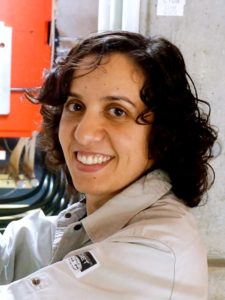
Sarah Naimi
Sarah is an experimental nuclear physicist working at the RI Beam Factory at RIKEN

